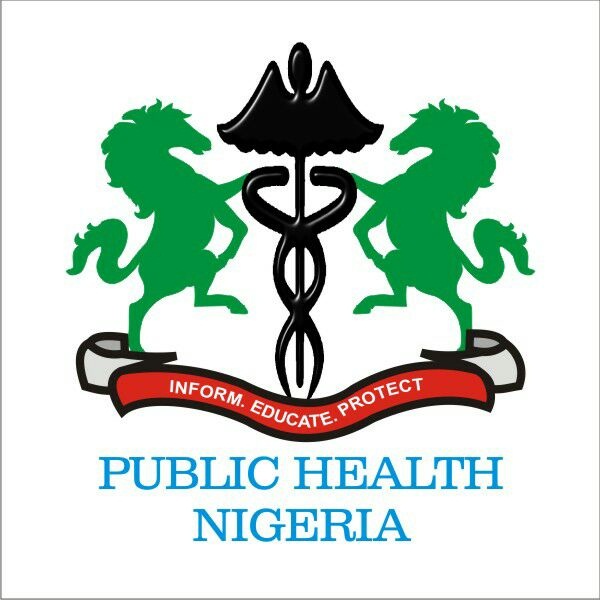What is PubMed?
ubMed is a free search engine accessing primarily the MEDLINE database of references and abstracts on life sciences and biomedical topics. The United States National Library of Medicine at the National Institutes of Health maintains the database as part of the Entrez system of information retrieval.PubMed can be found here: http://www.ncbi.nlm.nih.gov/pubmed
What is MEDLINE?
MEDLINE is the U.S. National Library of Medicine’s (NLM) premier bibliographic database that contains over 19 million references to journal articles in life sciences with a concentration on biomedicine. A distinctive feature of MEDLINE is that the records are indexed with NLM Medical Subject Headings (MeSH). The majority of the publications covered in MEDLINE are scholarly journals; a small number of newspapers, magazines, and newsletters considered useful to particular segments of the NLM broad user community are also included
PubMed was developed and is maintained by NCBI
PubMed was developed and is maintained by the National Center for Biotechnology Information (NCBI), at the U.S. National Library of Medicine (NLM), located at the National Institutes of Health (NIH).As a national resource for molecular biology information, NCBI’s mission is to develop new information technologies to aid in the understanding of fundamental molecular and genetic processes that control health and disease. More specifically, the NCBI has been charged with creating automated systems for storing and analyzing knowledge about molecular biology, biochemistry, and genetics; facilitating the use of such databases and software by the research and medical community; coordinating efforts to gather biotechnology information both nationally and internationally; and performing research into advanced methods of computer-based information processing for analyzing the structure and function of biologically important molecules.
PubMedContains more than 30 million citations and abstracts of peer-reviewed biomedical literature.
The PubMed database contains more than 30 million citations and abstracts of peer-reviewed biomedical literature. It does not include full-text journal articles; however, links to the full text are often present when available from other sources, such as the publisher’s website or PubMed Central (PMC). Available to the public online since 1996. PubMed citations and abstracts include the fields of biomedicine and health, covering portions of the life sciences, behavioral sciences, chemical sciences, and bioengineering. PubMed also provides access to additional relevant web sites and links to the other NCBI molecular biology resources.
Senator Claude Pepper sponsored the legislation that established (NCBI)
The late Senator Claude Pepper recognized the importance of computerized information processing methods for the conduct of biomedical research and sponsored legislation that established the National Center for Biotechnology Information (NCBI) on November 4, 1988, as a division of the National Library of Medicine (NLM) at the National Institutes of Health (NIH). NLM was chosen for its experience in creating and maintaining biomedical databases, and because as part of NIH, it could establish an intramural research program in computational molecular biology. The collective research components of NIH make up the largest biomedical research facility in the world.
PubMed’s search window is only recommended for new interventions
The search into PubMed’s search window is only recommended for the search of unequivocal topics or new interventions that do not yet have a MeSH heading created, as well as for the search for commercial brands of medicines and proper noun. It is also useful when there is no suitable heading or the descriptor represents a partial aspect. The search using the thesaurus MeSH is more accurate and will give us less irrelevant results. In addition, it saves the disadvantage of the free text search in which the spelling, singular/plural or abbreviated differences have to be taken into consideration.
NCBI hosts approximately 40 online literature and molecular biology databases
NCBI hosts approximately 40 online literature and molecular biology databases—including PubMed, PubMed Central, and GenBank—that serve millions of users around the world. The second edition of the NCBI Handbook, released in November 2013 in conjunction with the 25th anniversary of NCBI, aims to provide a comprehensive overview of the breadth of informatics resources at NCBI, and an in-depth account of the scope, data, infrastructure, processing, and access for each major database or resource. The databases and resources are organized here into seven concept areas: literature, genomes, variation, health, genes and gene expression, nucleotide, proteins, and small molecules and biological assays. Three additional categories encompass tools, infrastructure, and metadata. Each concept area begins with an overview chapter that provides a contextual framework for the resources discussed under that concept; the overview is followed by separate chapters that cover individual databases or resources.
PubMed search results do not include the full text of the journal article.
PubMed search results do not include the full text of the journal article. However, the abstract display of PubMed citations may provide links to the full text from other sources, such as directly from a publisher’s web site.
The full text journal site may require a subscription although access may be available through your local medical library. In addition, online journals sometimes provide free access. Consider visiting your local medical library if there is not an online copy available.
PubMed search results are displayed in a summary format
PubMed search results are displayed in a summary format, see the anatomy of search results page below. Citations are initially displayed 20 items per page with the most recently entered citations displayed first. You can mouse over a journal’s title abbreviation to display the full journal name.
PubMed unique identifier PMID (PubMed ID)
PMID is the unique identifier number used in PubMed. They are assigned to each article record when it enters the PubMed system, so an in-press publication will not have one unless it is issued as an electronic pre-pub. You can look them up by typing the article title into PubMed.
Difference between PubMed and Medline
Pubmed is an interface used to search Medline, as well as additional biomedical content. Ovid Medline is an interface for searching only Medline content. Pubmed is more user-friendly and allows you to search through more content than Ovid Medline. However, Ovid Medline allows you to perform a more focused search.
Difference between PubMed and Pubmed Central
PubMed is a database of citations and abstracts. PMC is an electronic archive of full-text journal articles, offering free access to its contents. Most of the journals in Medline/PubMed are peer reviewed. Generally speaking, if you find a journal citation in Medline/PubMed you should be just fine. However, Ebsco (a third party vendor) does provide a list of all titles within Medline and lets you see which titles are considered peer reviewed.
PubMed cost and the Price of Posting
The Price of Posting — PubMed Central Spends Most of Its Budget Handling Author Manuscripts. PubMed Central (PMC) costs US taxpayers about $4.45 million per year to run, according to documents recently obtained by an ongoing Freedom of Information Act (FOIA) request.






